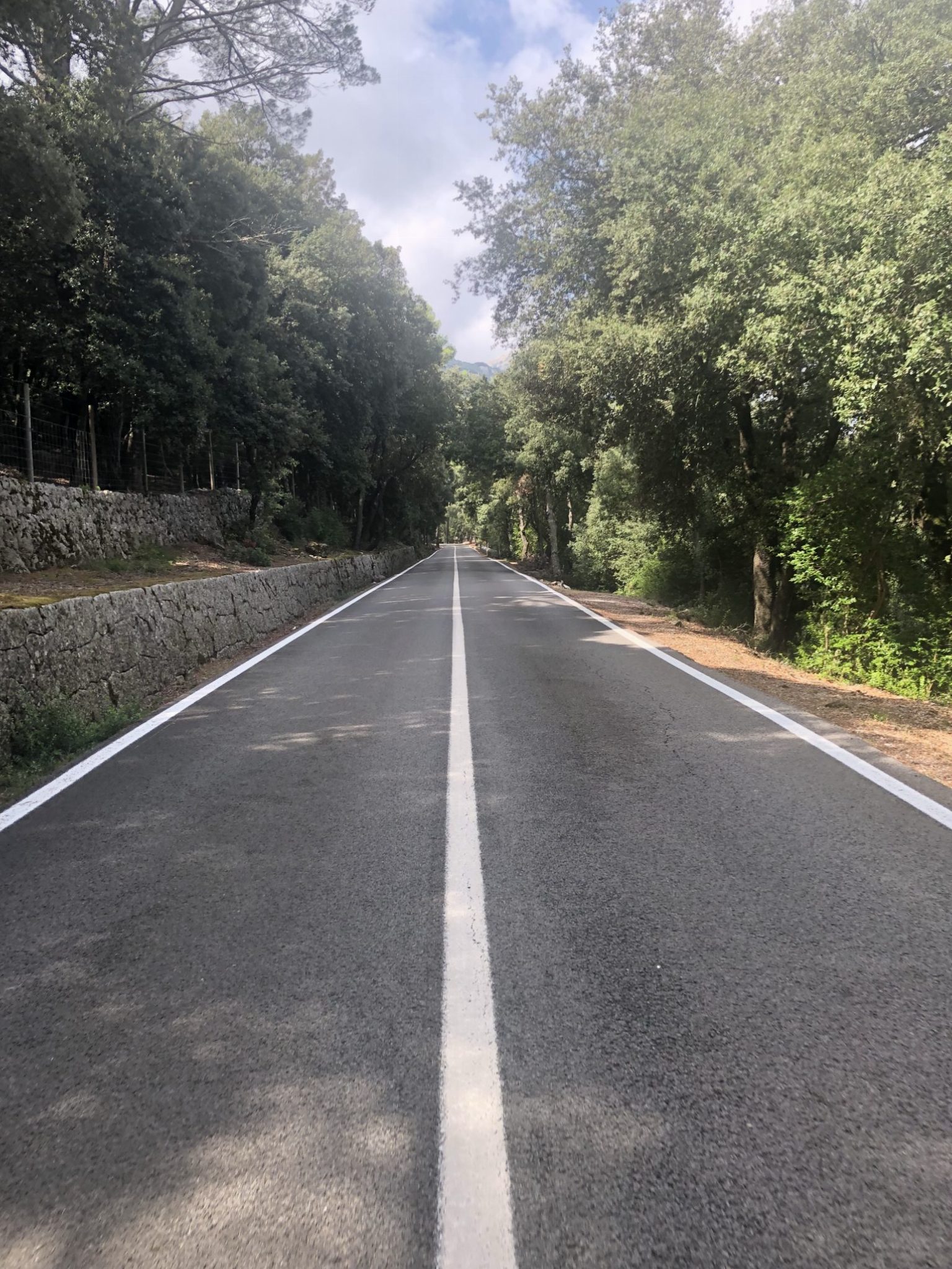Climbing – what it takes and how to improve

Climbing – what it takes and how to improve
Like it or loathe it, as a bike rider, unless you live in the Netherlands or are a track rider – you are going to ride your bike up hill.
Whilst climbing can be the toughest part of the sport, it is also in my eyes, the most beautiful and most rewarding part. That feeling when you crest the top of a mountain pass, having ridden as hard as you can – there’s few better feelings. Especially if you enjoy descending!
Lets look at what it takes to climb hills
Power : Weight. The holy grail of climbing, where the speed you travel up hill is dependant upon the power you can produce per kilogram of weight. So to improve your power to weight, you can;
- Increase your power output via training;
- Decrease your weight – either losing body weight or buying a lighter bike; or
- Increase your power and reduce your weight!
If you are a trained bike rider, but are carrying some weight – likely the most efficient way for you to become a faster climber will be to lose weight.
If you are relatively unfit or have not followed a training plan, but are lean – likely the most efficient way for you to become a faster climber will be to increase the power you can produce.
If you fall somewhere between these two extremes, it is likely that you can benefit from both losing a bit of weight, and training smarter to increase the power you can produce – relative to your weight.
Increasing power – something we can all do
If your chosen event involves multiple 15km climbs, like the tour de france, or an alpine sportive – the physical requirements will differ compared with an event with shorter (say 1km) but steeper climbs, which are found in Tour of Flanders – or your local cycling loop maybe?
Whilst weight is important for both these types of climbs, the physiological ask differs;
- 15km climbs at 4% – it’s all about your aerobic and lactate energy systems, and having a high lactate threshold. You need to be able to produce high power for maybe an hour at a time, several times in one day. Efficiency and fatigue resistance are both key.
- 1km climbs at 10% – it’s much more about your aerobic and anaerobic capacity, which is your ability to produce high power for short periods of time. The higher the power you can produce for the length of the climb, the faster you will get up it. So, if 1km climbs at 10% are your target – this may be a 4 minute effort, so your ‘4 minute capacity power’ is critical here (plus your fatigue resistance and repeatability).
So, how can we train for each of these types of climbs?
For the 15km 4% type climbs, you want to increase your lactate threshold or functional threshold power (FTP) – check out our other article on increasing your Functional Threshold Power (FTP).
When we ‘drop the hammer’ or ‘go full gas’ for a few minutes, say up a 1km ‘berg’, we place a very different demand on our bodies. When riding steady, maybe between climbs, or in a group on the flat in say Zone 2, we are producing power aerobically, predominantly using our Aerobic Energy System, and recruiting mainly our slow twitch muscle fibres which are highly resistant to fatigue. However, when we hit a short climb, we increase our power output dramatically, which brings our two anaerobic energy systems (Phosphagen and Anaerobic Glycosis energy systems – see our Rowe & King article on Energy Systems for more info) in to play a lot more, and forces our fast twitch muscle fibres to be recruited. This is a very different set of sensations, which requires recruitment of those fast twitch fibres and anaerobic energy systems – so that means doing short but maximal efforts in training.
A session to develop your climbing ability for short climbs
- 15 Minute progressive warm up, including a few 6 second surges / sprints (this is to help get as many muscle fibres as possible firing – ready for action).
- 4 Minute Capacity Effort – try and average as high a power as possible for the duration of the effort. Aim not to ‘blow up’ – try and pace the effort well, so you finish strong.
- Full recovery – maybe 10 minutes or so, until you feel you are able to make another max effort. The fitter you are, the quicker you should recover.
- 3 Minute Capacity Effort
- Full Recovery
- 2 Minute Capacity Effort
- Full Recovery
- 1 Minute Capacity Effort
- Cool down.
Note;
- If you do this session on the road, feel free to spend longer between efforts to recover, and build this session in to a longer ride.
- If you don’t have a power meter, you can do this session on perception – try and pace each effort along the lines of ‘start steady and finish strong’
Article written by Rowe & King Coach, Matt Rowe.
@LukeRowe1990
@Dani_Rowe_MBE
@RoweandKing